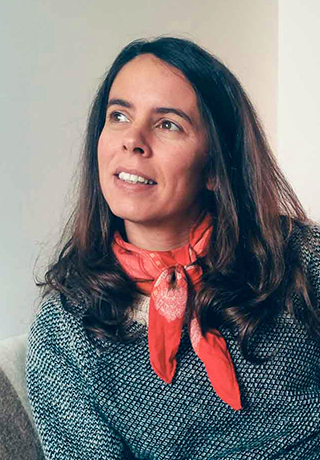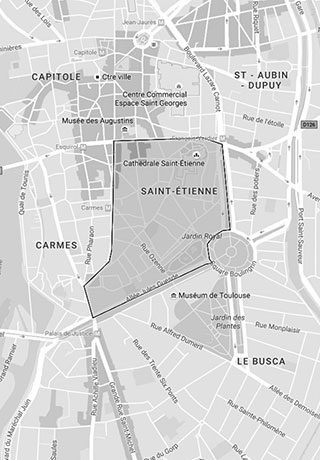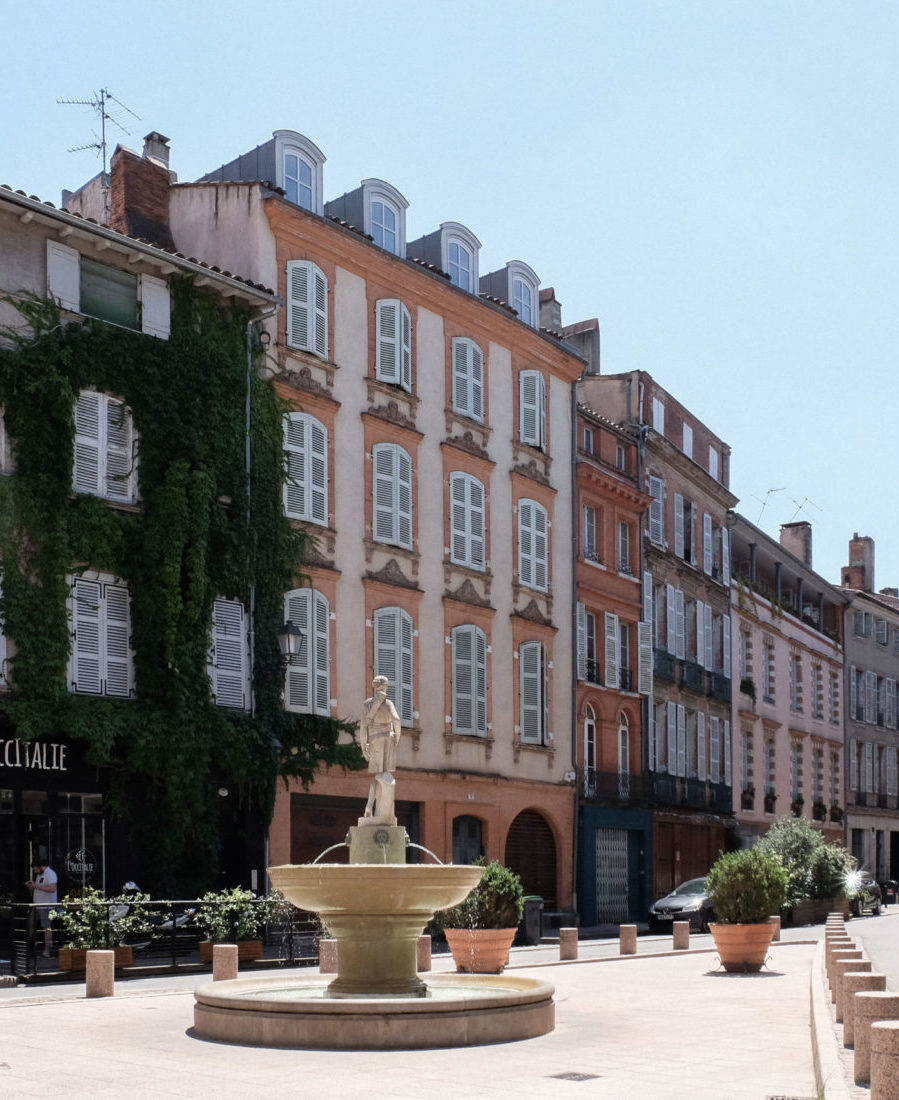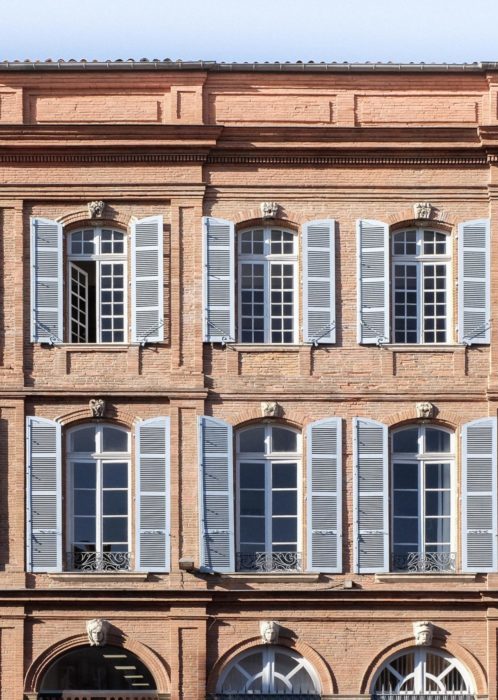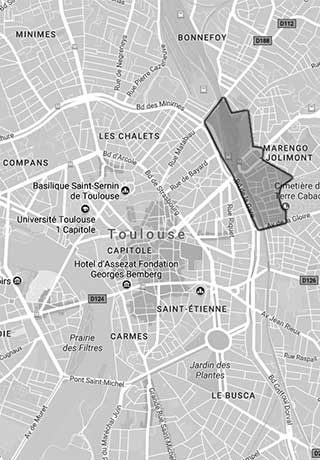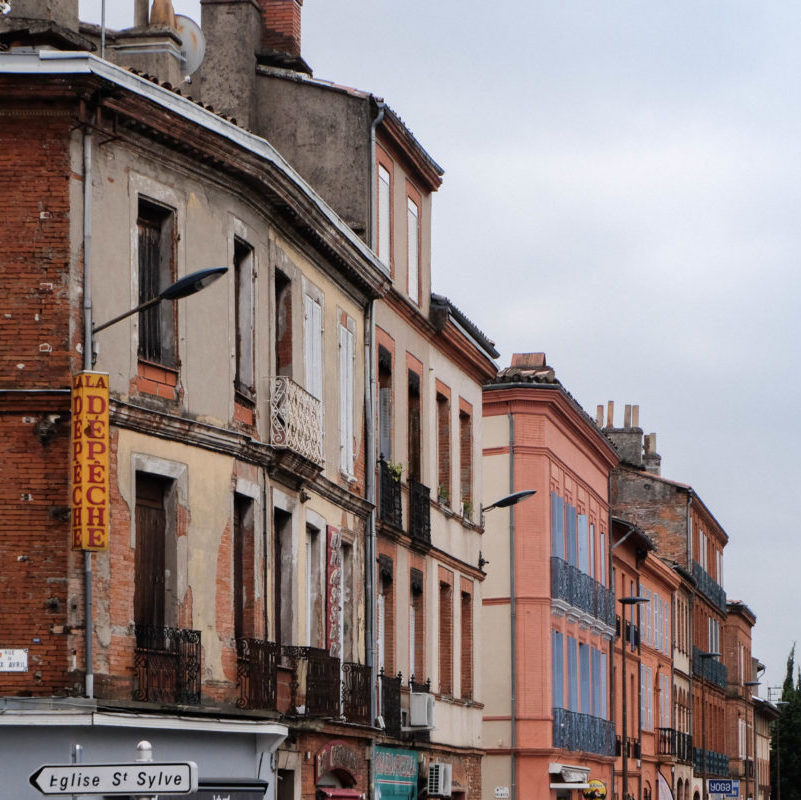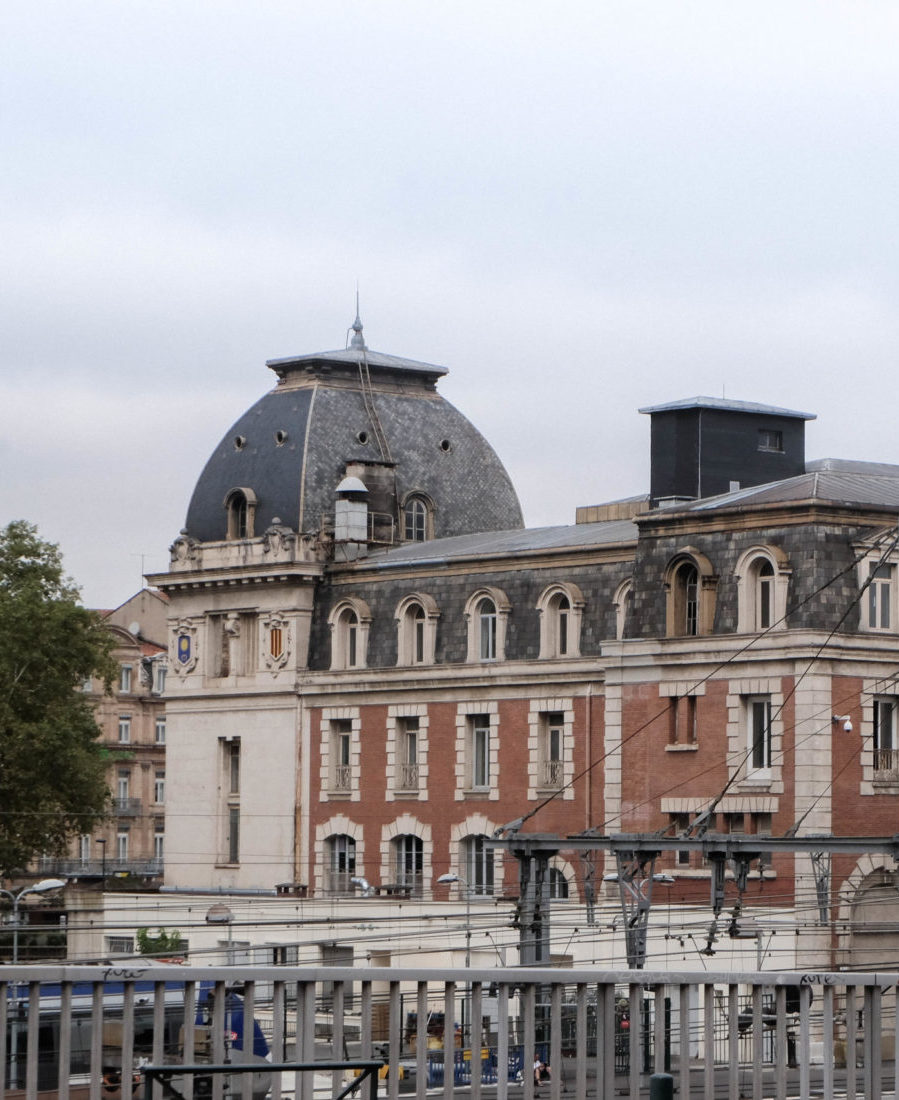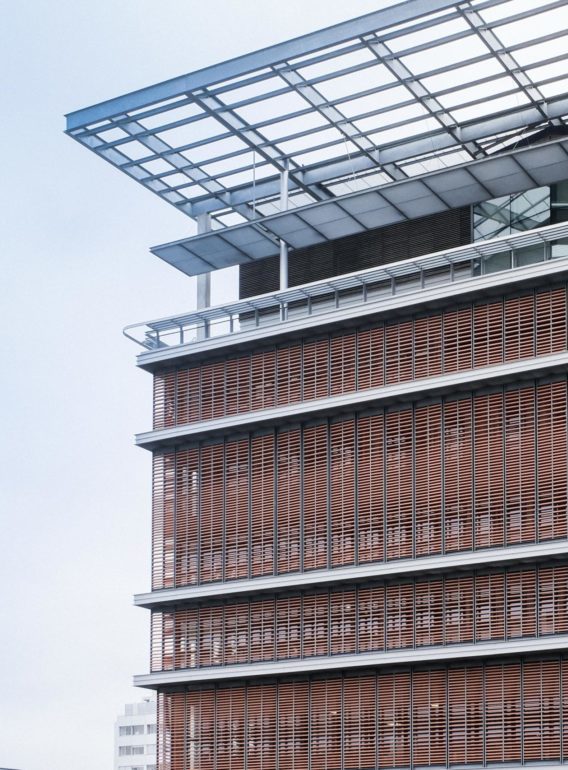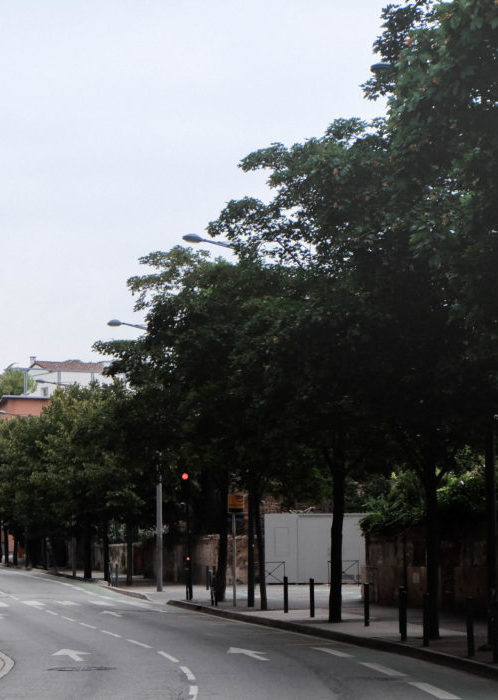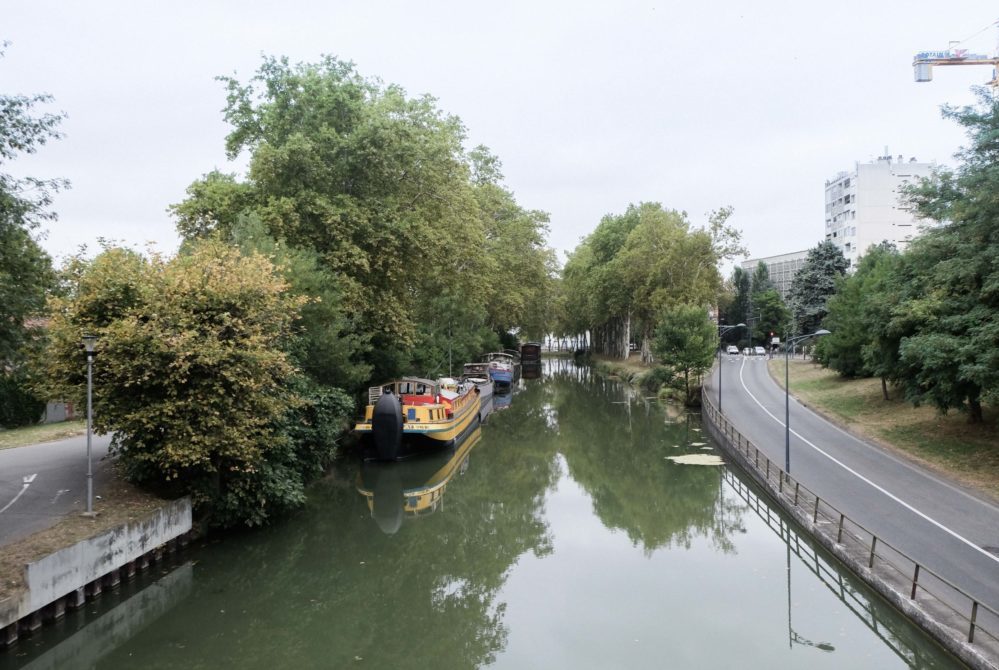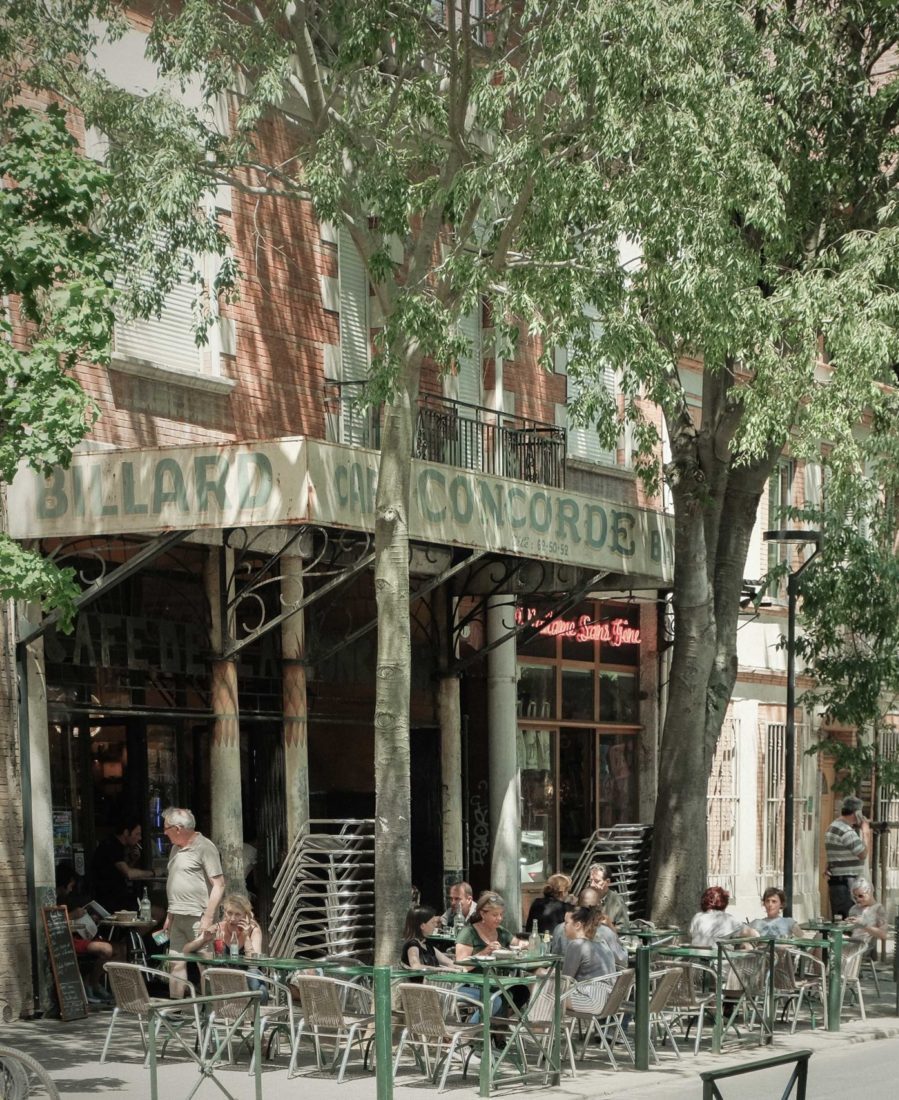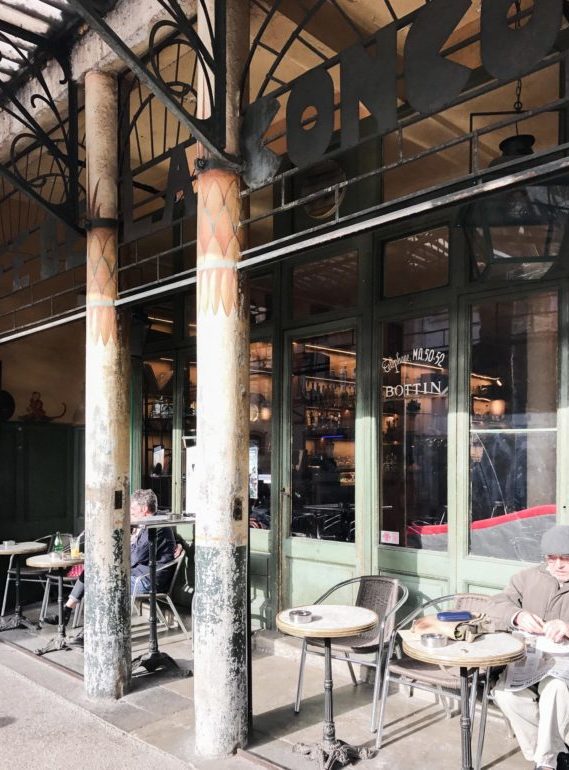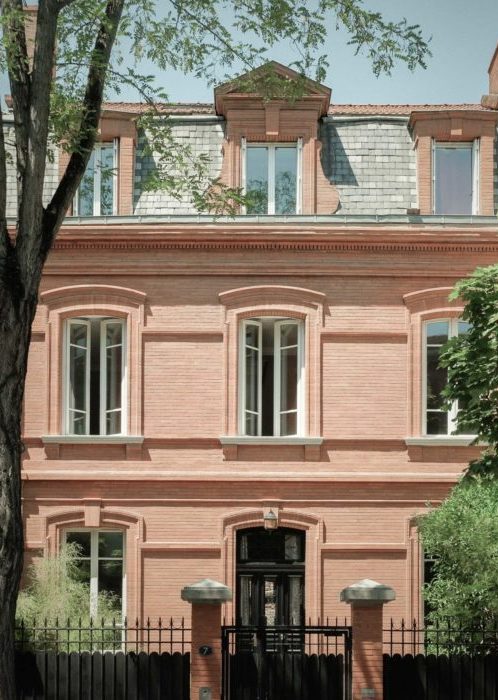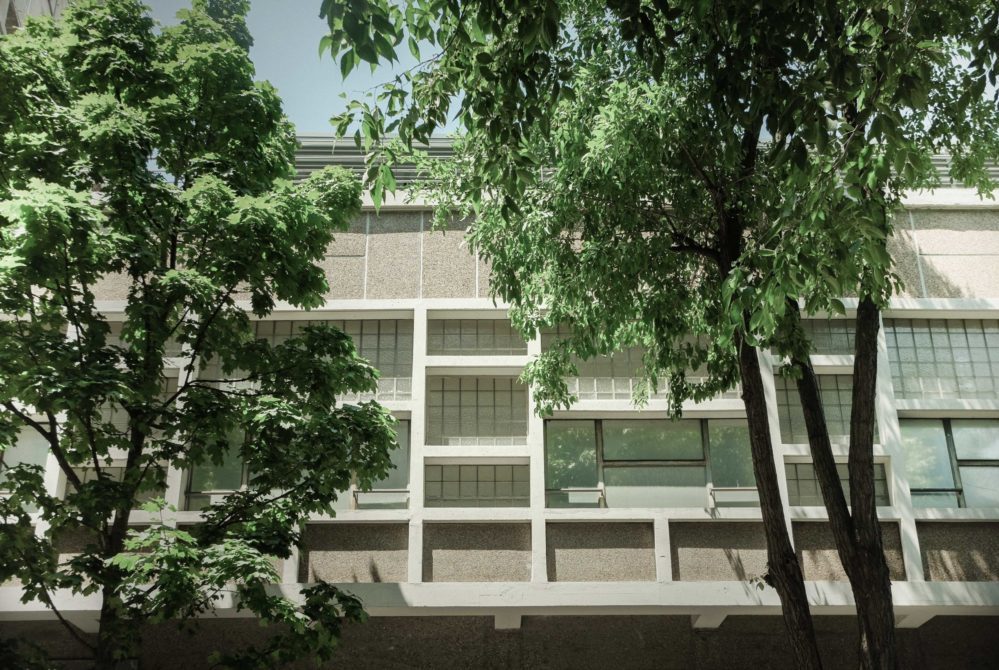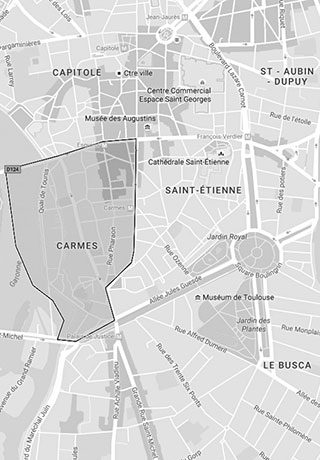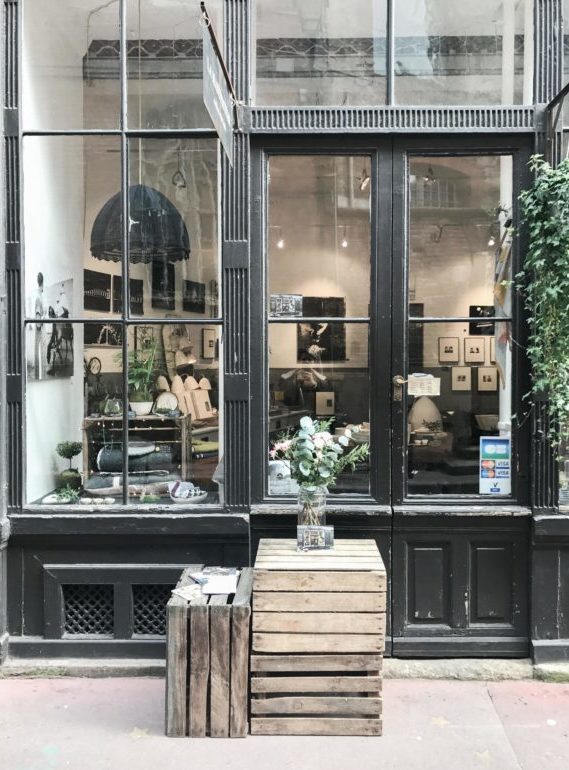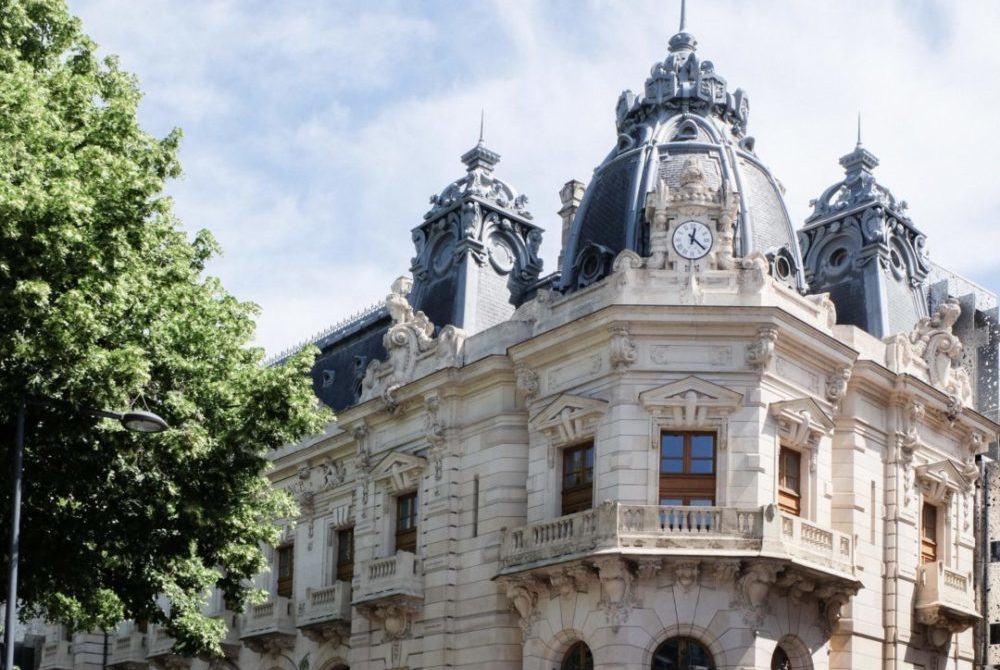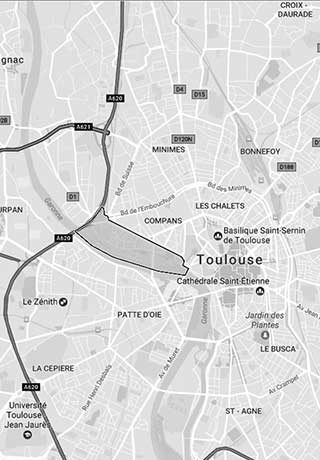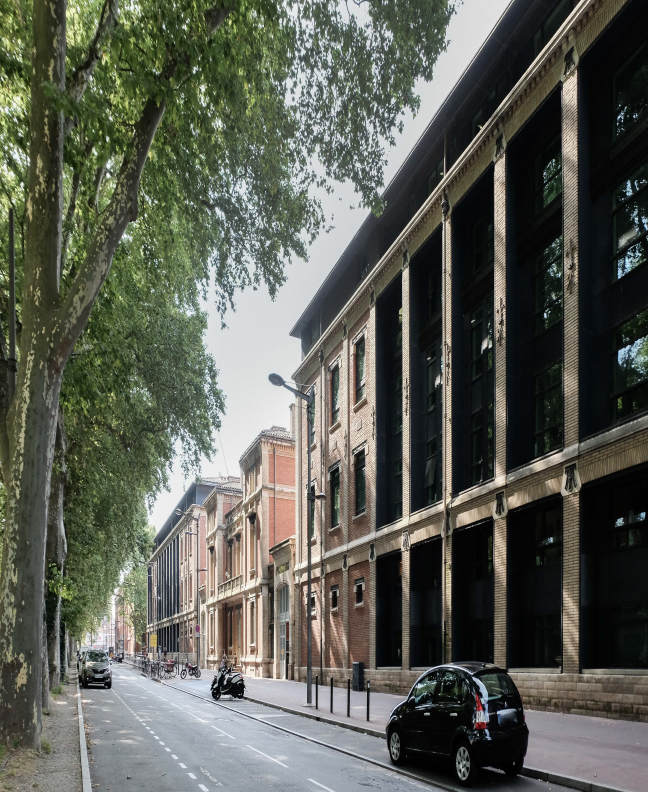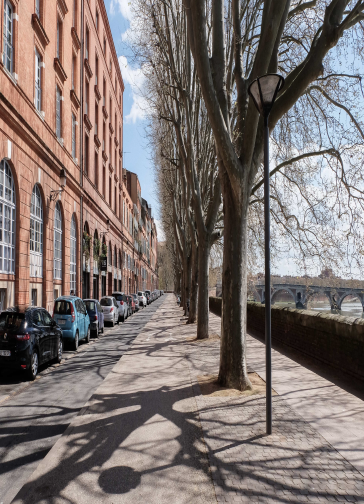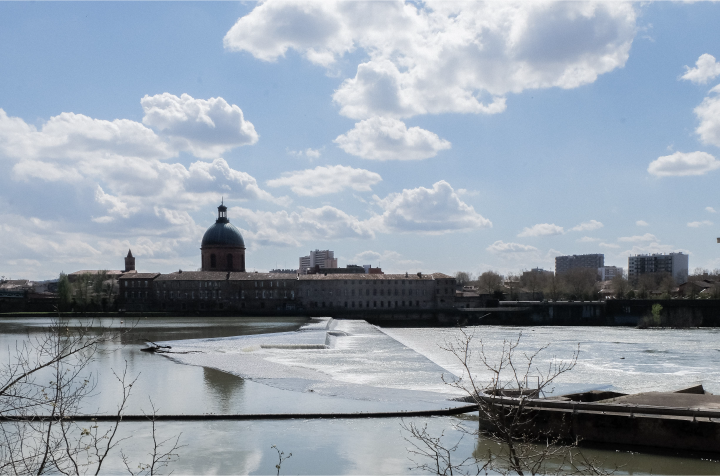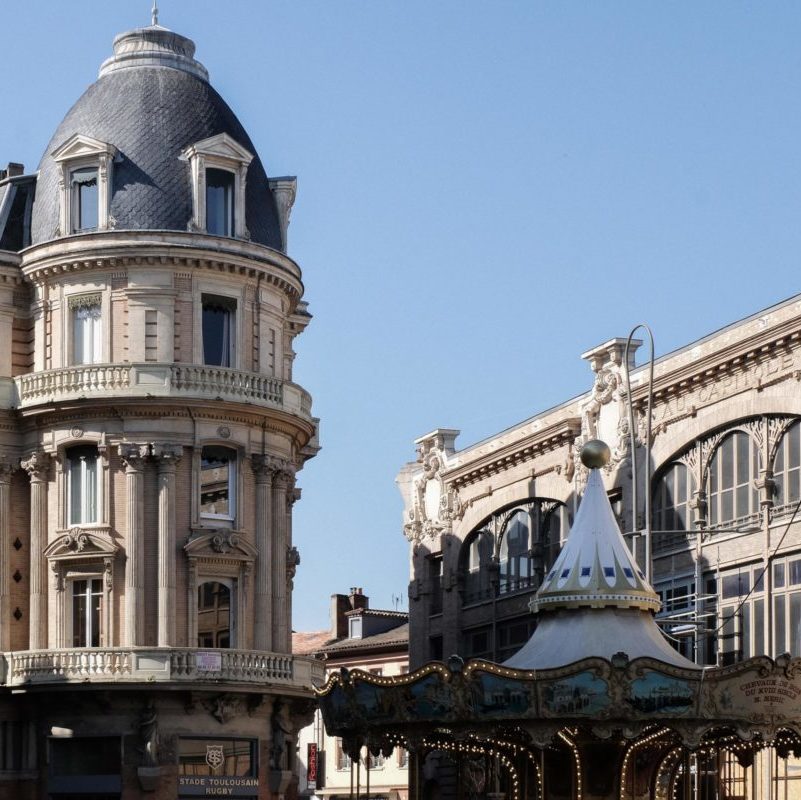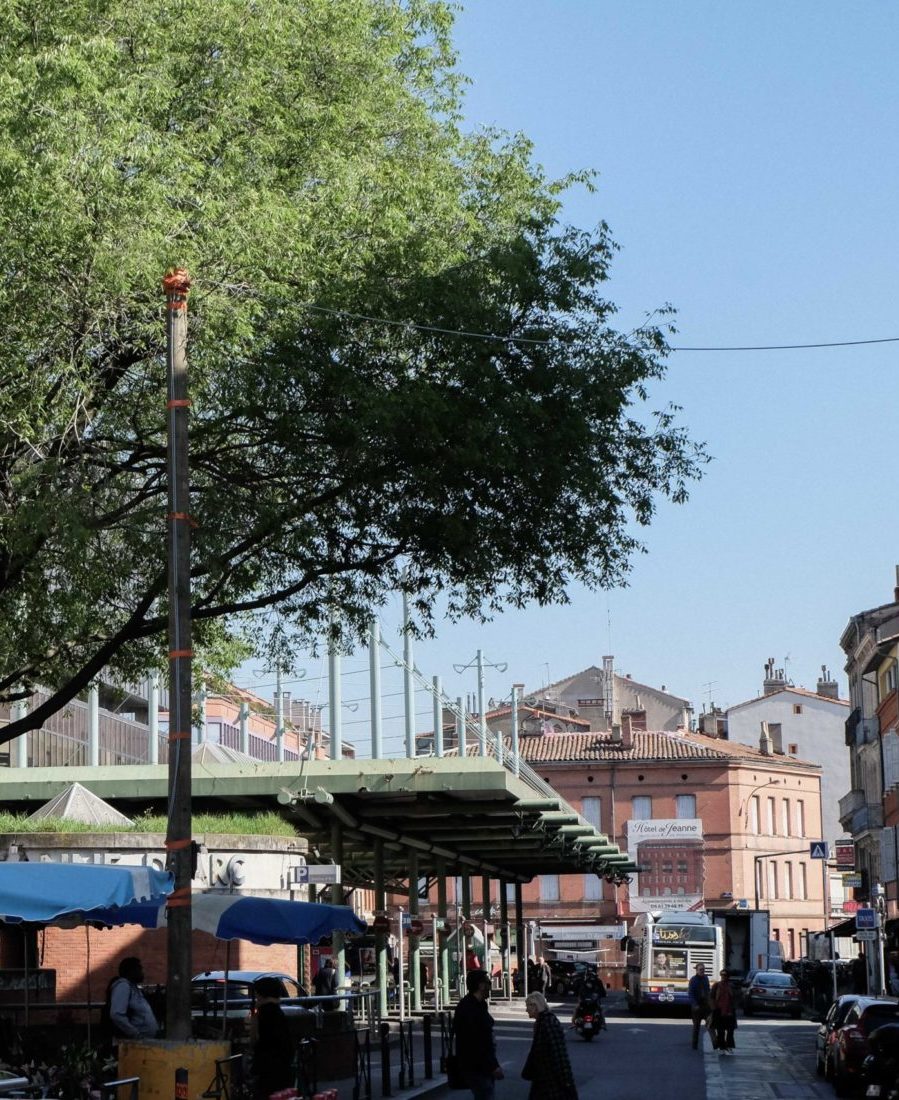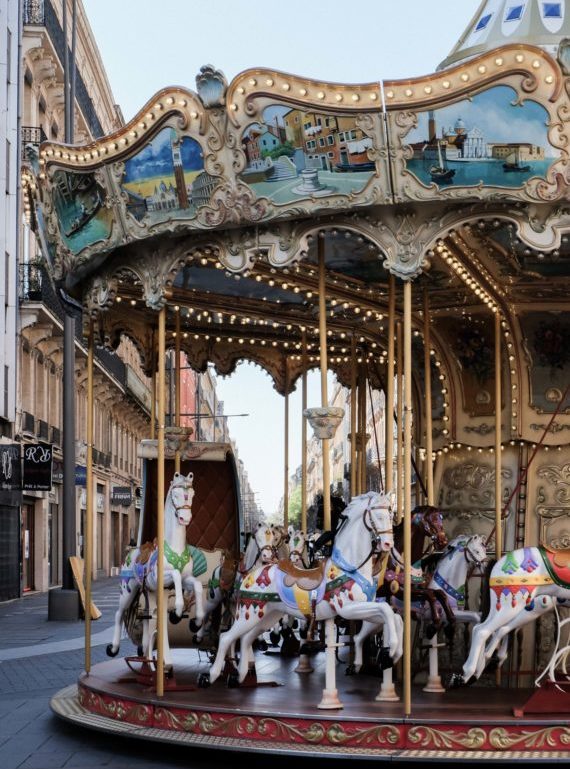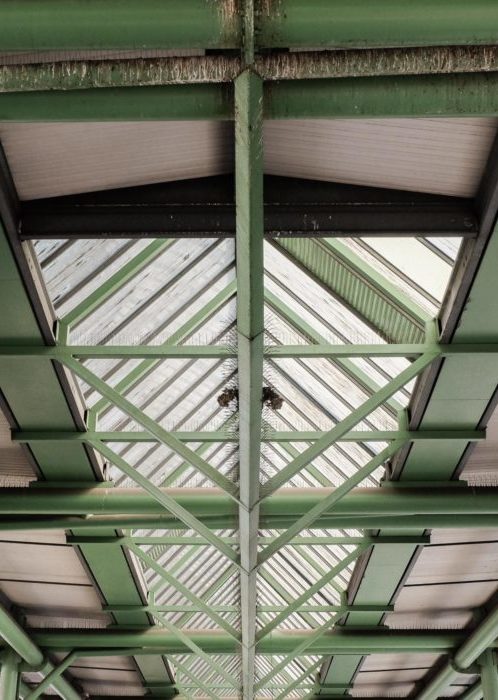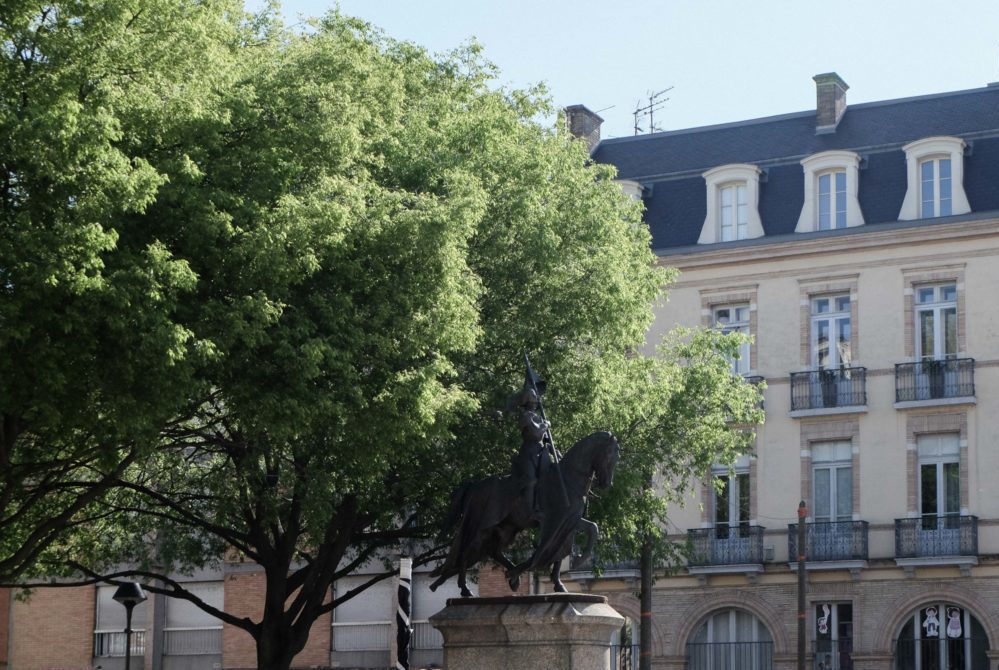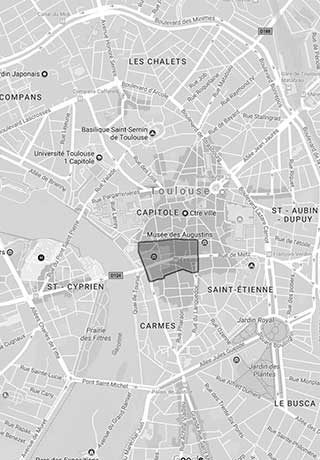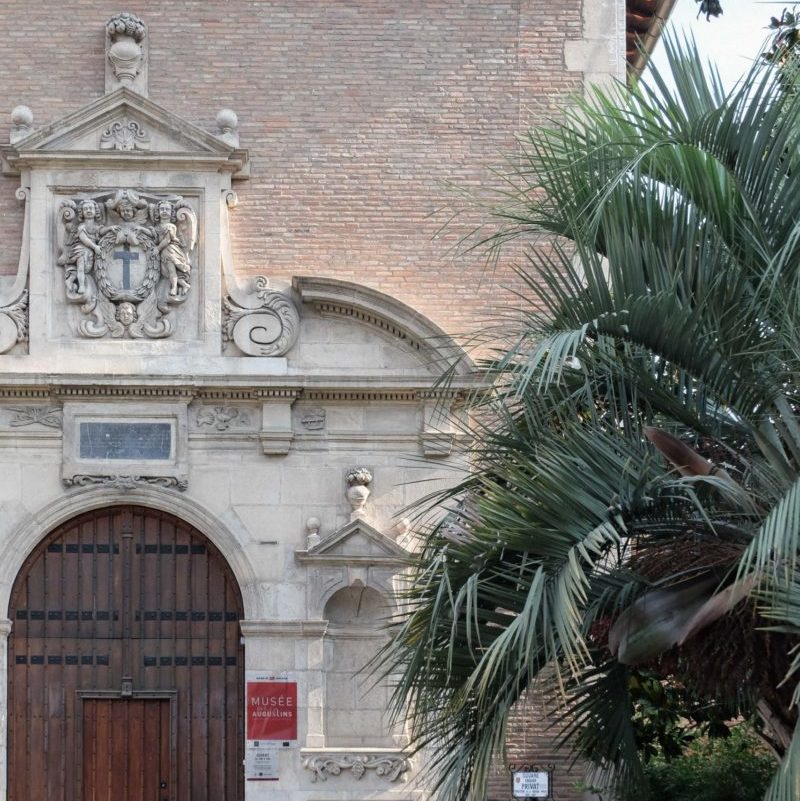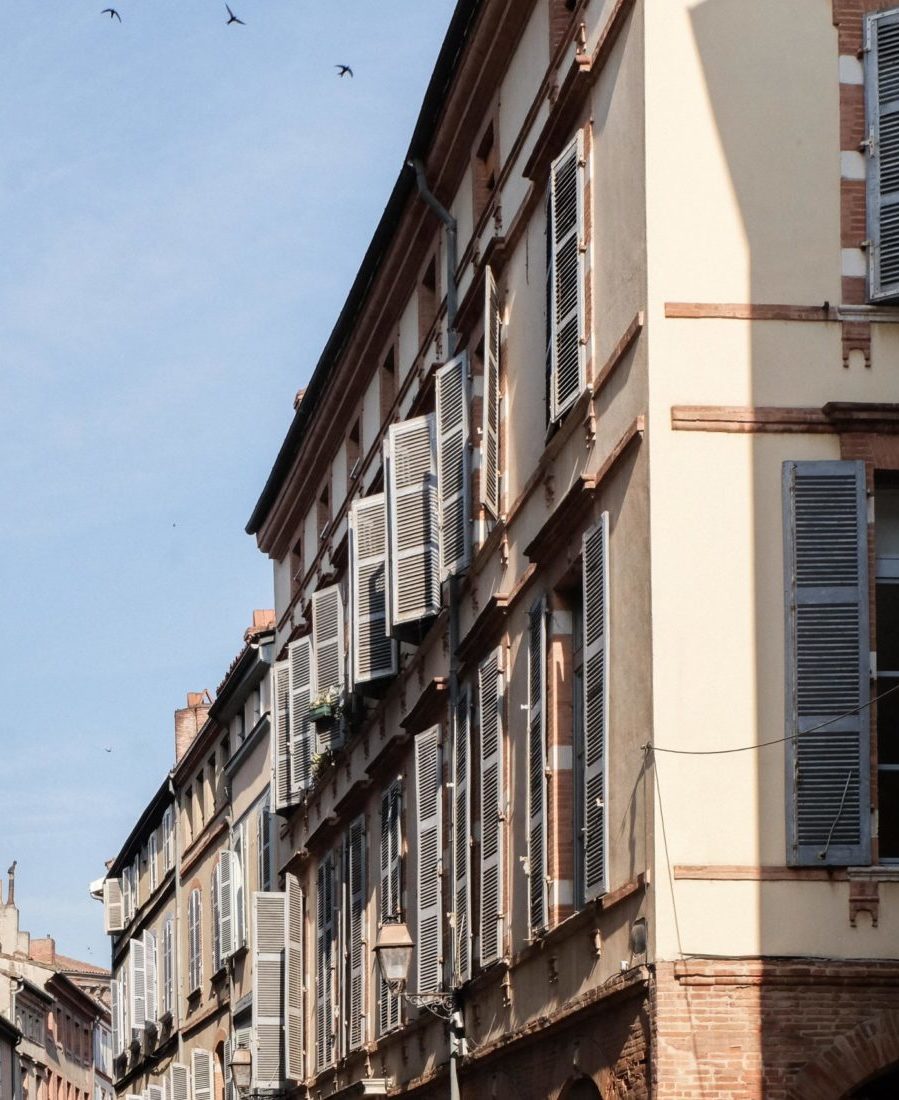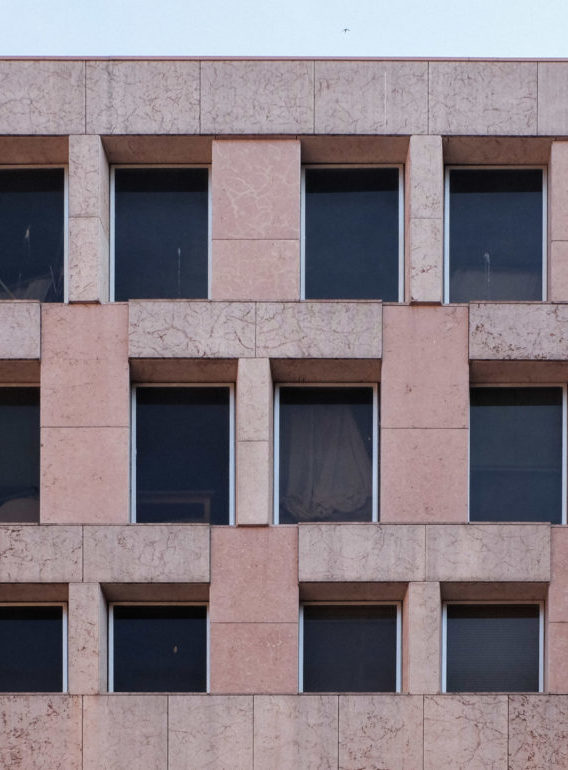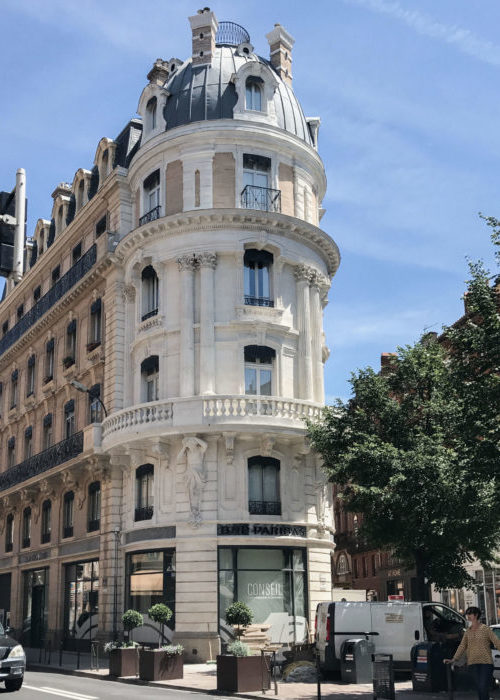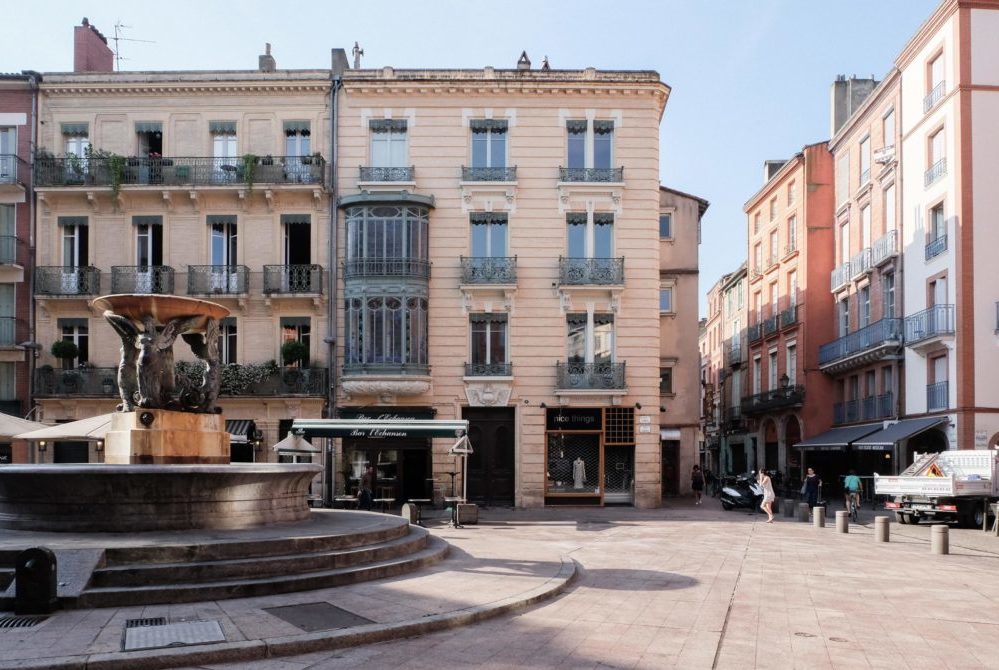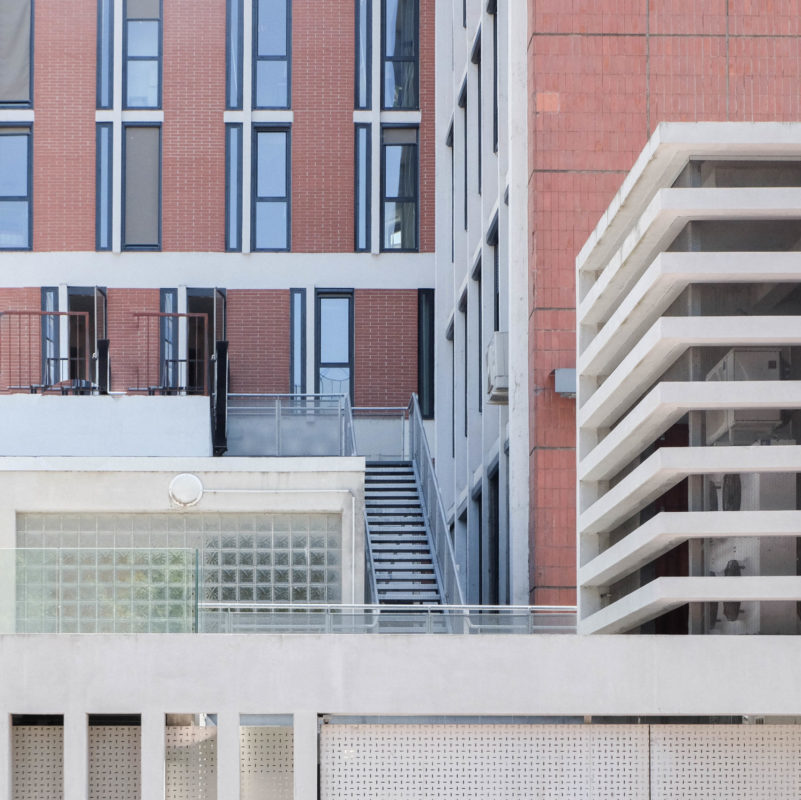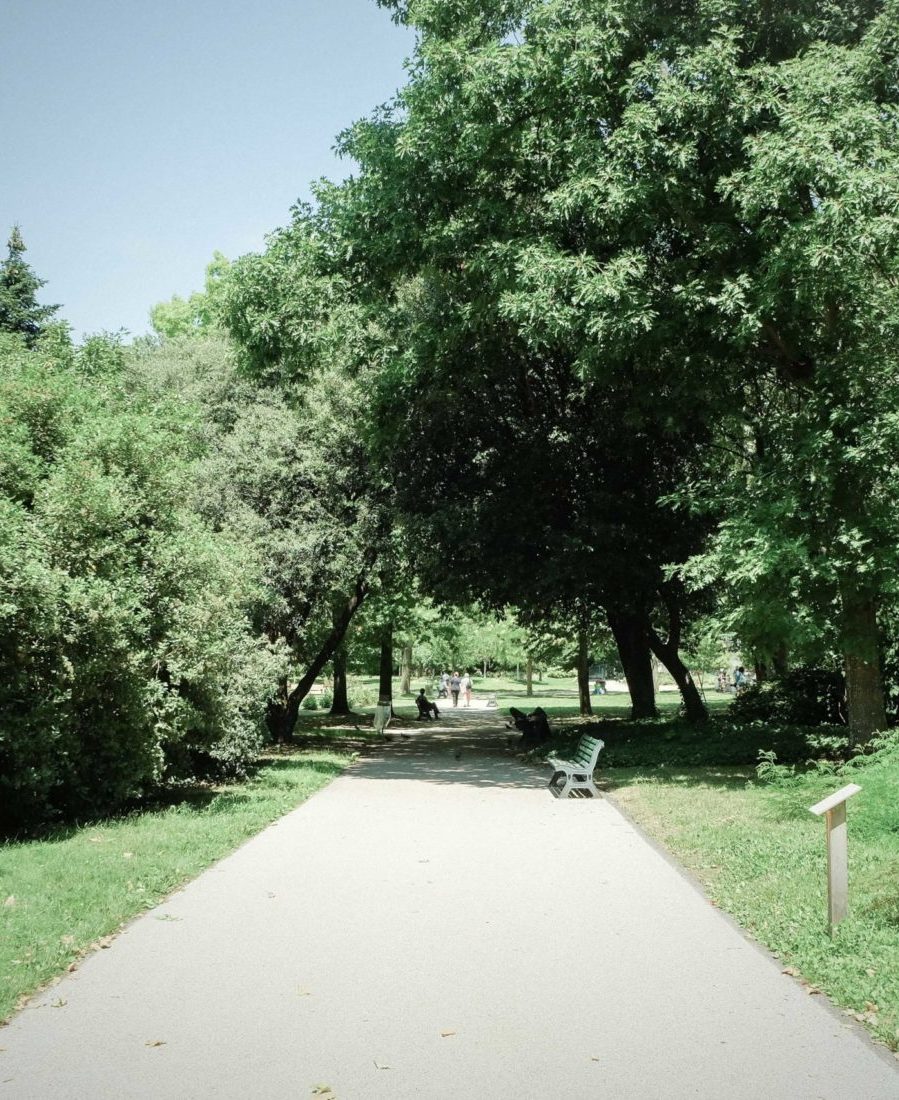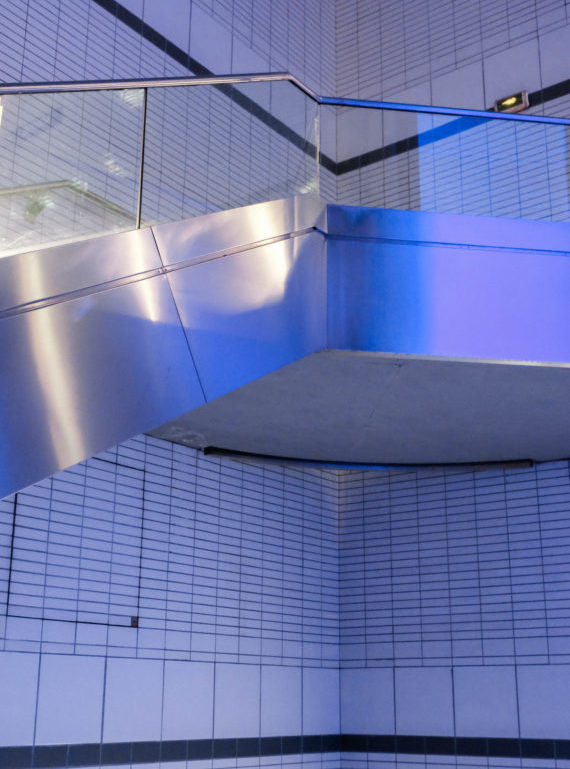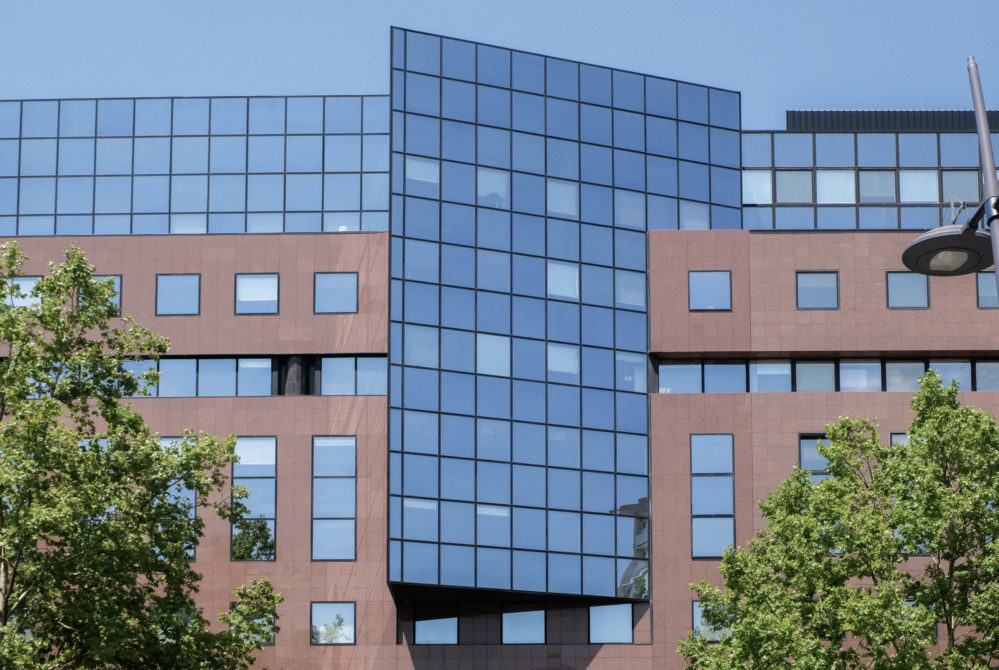From a beautiful bourgeois apartment in its juice stopped in time, Caroline made a warm family apartment. She likes comfortable and thoughtful interiors, and he likes to mix styles and eras. The result is an eclectic apartment with obvious character, where colors and inhabitants clash happily.

Modernize the circulation, bring back light and rethink the spaces for a family and friendly life conducive to the reception.
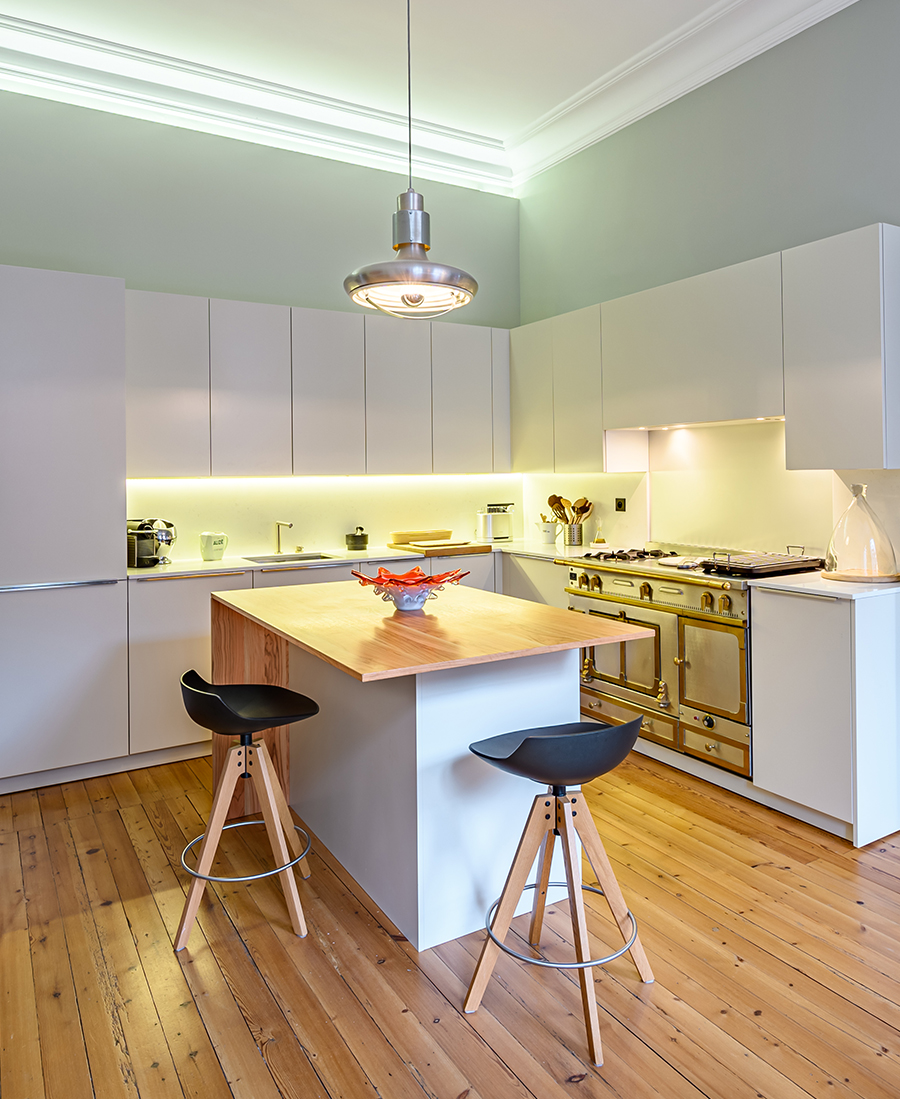
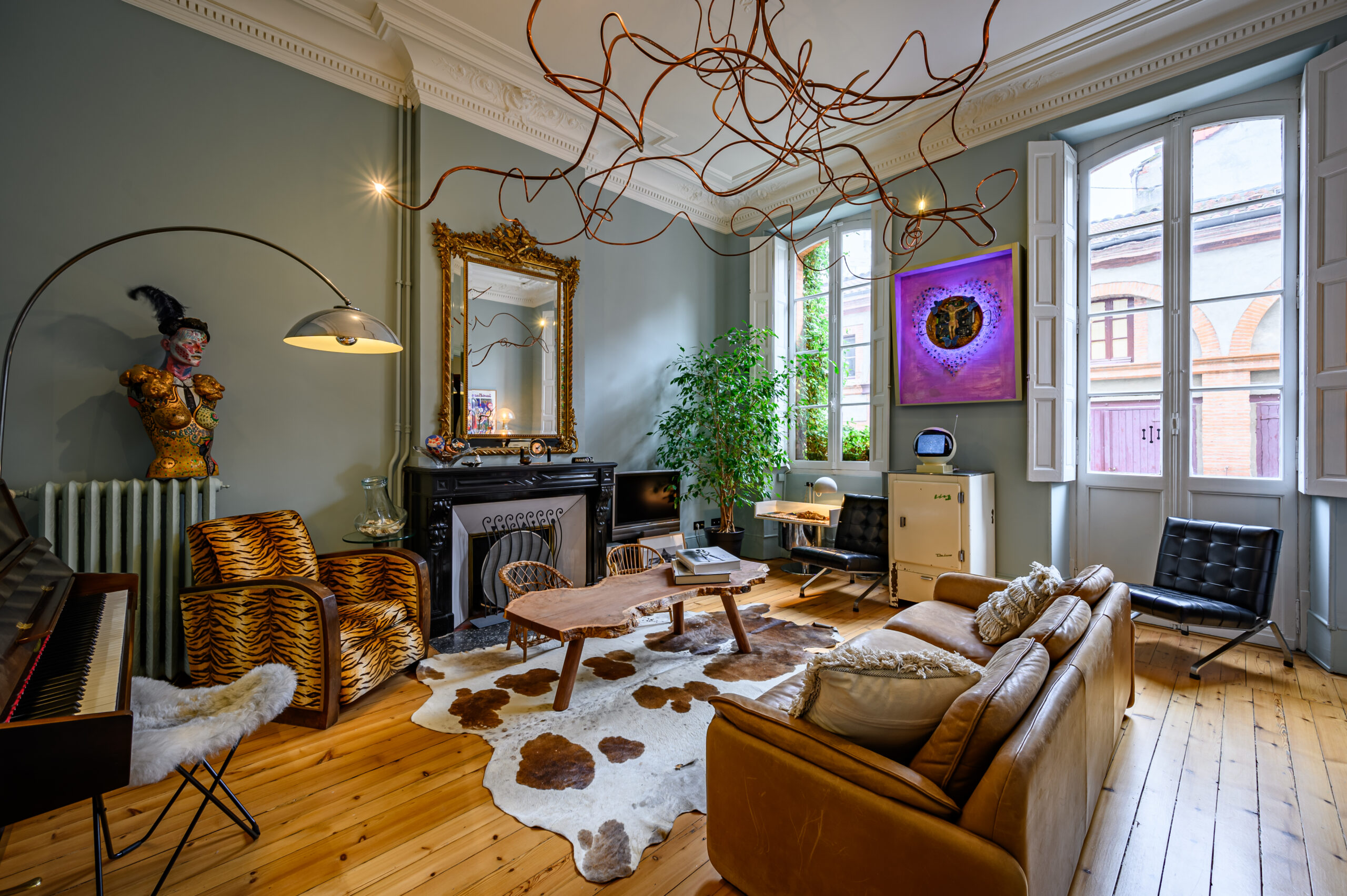

Modify the organization of the apartment to bring light into all the rooms, play with the colors to structure the spaces, move the kitchen to make it a real living space.

The whole organization of the apartment had to be modified to modernize the circulation, and all the networks rethought. The U-shaped floor plan allows for different exposures of the rooms, and the choice was made to work with one color per room, with the colors varying according to the time of day. The entrance, originally blind, now serves as a small office and library area, lit by a glass opening onto the living room. In enfilade, the kitchen has taken place in the former reception room. The kitchen has become a convivial room, with a dining area. The family bathroom replaces the old kitchen. Deliberately kept white, it is in the cement tiles that the color found its place, bringing the necessary fantasy.
©Sophie Tom & Fabien Sans
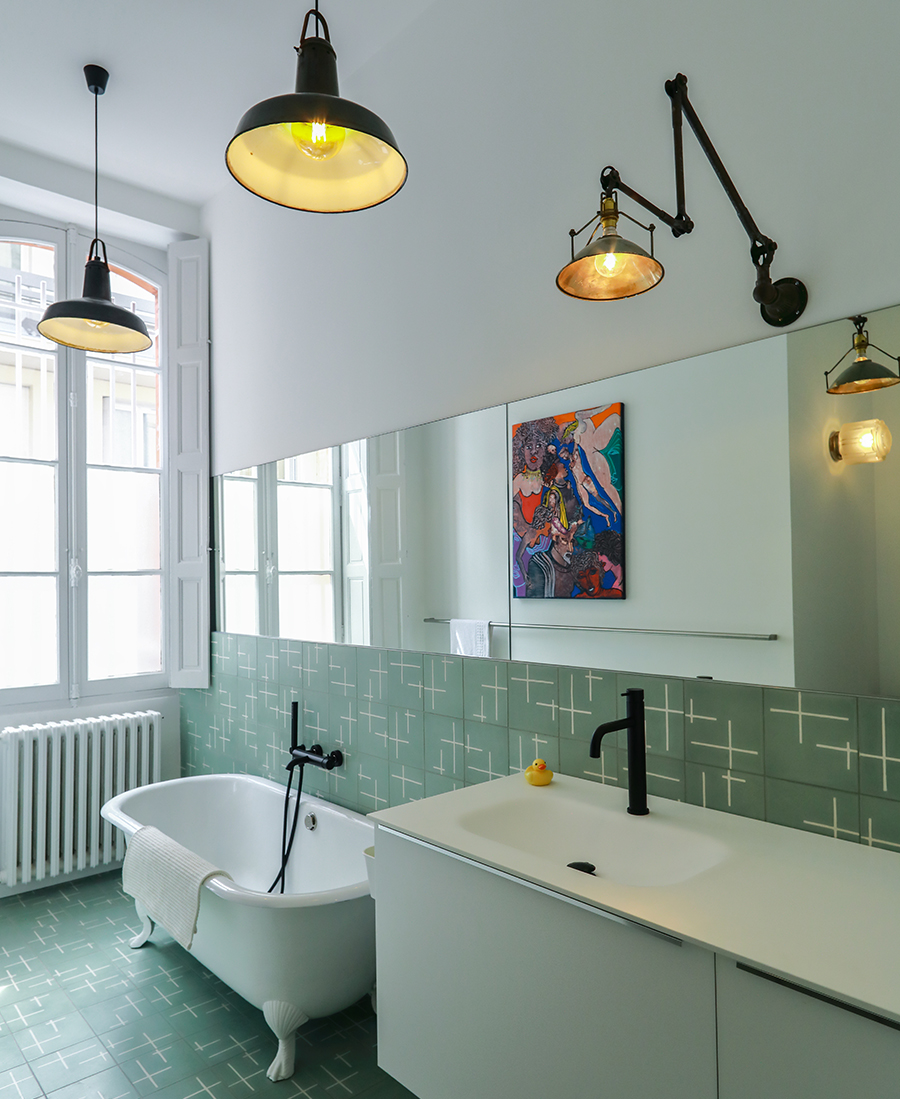

En résulte un appartement éclectique au caractère évident !


